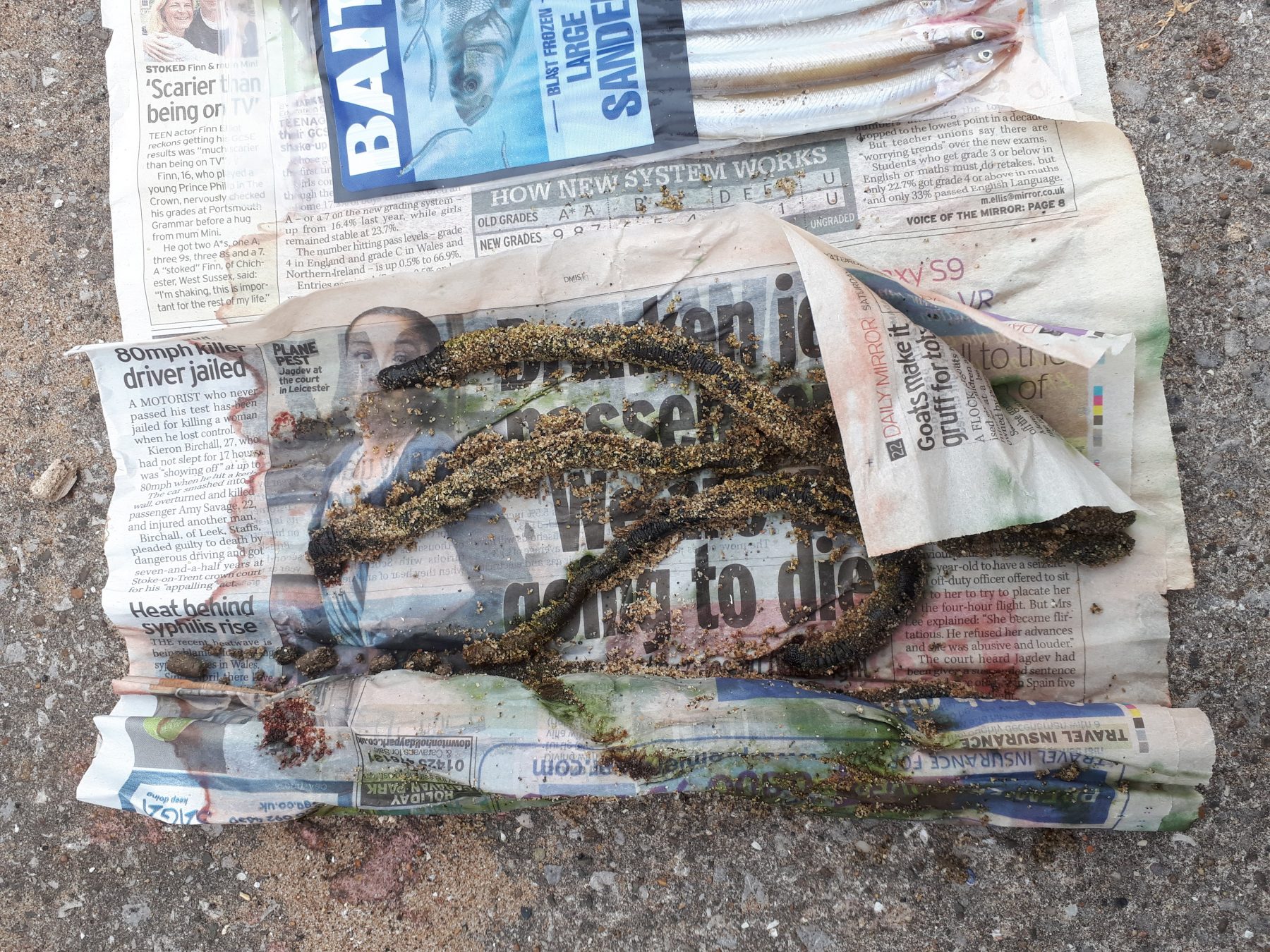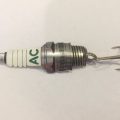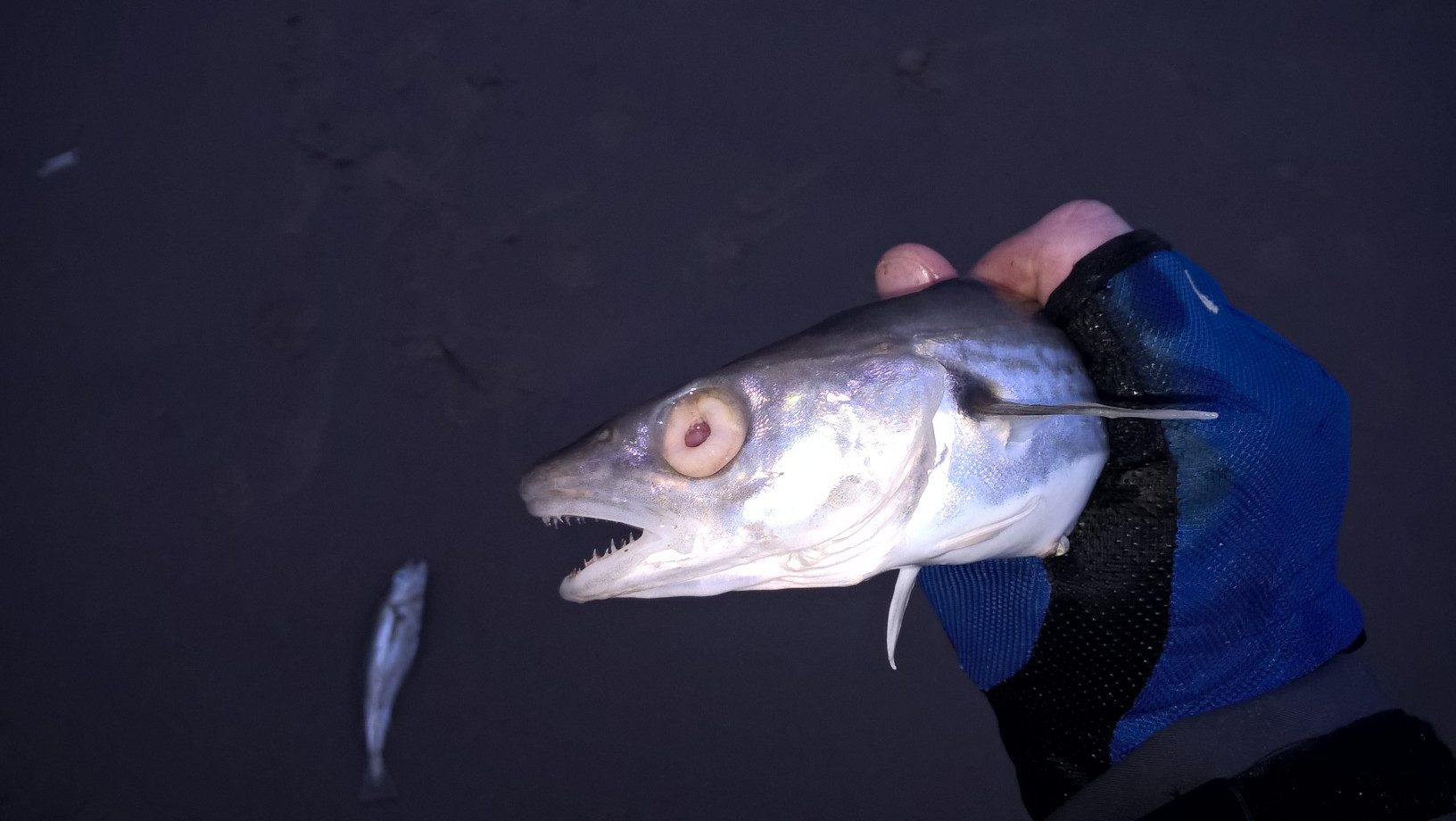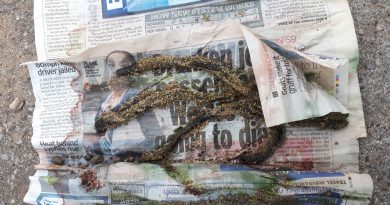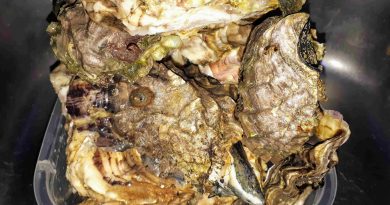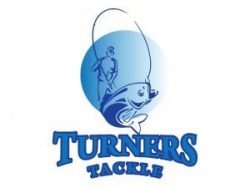Sea fishing groundbait
Sea fishing groundbait is an underused tool in the sea anglers potential arsenal.
Ground bait is often used by coarse anglers to attract fish into their swim, great in static or slow moving waters. Boat anglers will use chum as a way of drawing fish into the area being fished, often with good results. Dispersal rates and tidal flow in the open sea means you have to think about how and where you add it to the water. That’s said it can also depend on the species you are targeting.
Sea fishing groundbaits when used by the shore angler can be an effective tool to increase catch rates. By bringing in all manner of species in on the scent trails you create, it can only help fish find your baits.
Knowing how and when to use sea fishing Ground bait is the best way to lead to successful catches. What we want to achieve as anglers is improved catch rates and maybe a PB or two. The key is using it in a form where it can only be an attractant. The last thing we want is fish taking their fill and moving away from our baits.
Sea fishing groundbait methods
There are various different ways of using the ground bait method while sea fishing from the shore. Each with their on particular pros and cons.
One method is the semi buried bottle or other container. Choose a spot where you plan to fish at high tide, simply leave ground bait in the area you plan to fish at low tide. Make sure you can cast to the chosen area, knowing the tide height and distance is key. Its a time consuming method as you will need to be in the area for both tides, then retrieve when finished. Weighing it down with stones and partially burying a bottle or other container with a mix of baits and maybe fish oils. You will need several fine holes in the container to gradually and steadily release the scent in to the water. Any thing too much and the scent may wash out too quickly.
Using a bag similar to the boat chum bag method but obviously much smaller. Attach this to your rig and It will help create a much larger scent trail in direct area of your baits. The downside is casting weight and also the distance you may be able to achieve. It works well in area with deep water close in where minimum distance is needed. You can also try PVA nets that dissolve such as the ones used by Carp anglers. Keep baits fine when using these as the fish make pick up food and move off with it. Estuaries with large tidal pulls can make this method difficult to hold bottom. Make sure you don’t use quick dissolving pva.
Gripper leads with built in bait holders. These are basically a gripper lead with a bait feeder incorporated into the design. Very similar to a course fishing ledger feeder. These can be packed with attractant and bring a scent back to your baits. A great way of casting at distance but may cause slightly more drag issues in large pull tidal estuaries. Though it is more streamlined than the bag method and may hold less bait dependant on size etc.
What to use as sea fishing groundbait?
That is entirely up to you and the effort you are willing to put in. One thing to bear in mind is what your intended species is when choosing baits.
The cheapest option is to avoid fresh and expensive baits. Use what you have available where possible, left over odds and ends from sessions frozen down for future use. You always end up with a few worms, bits of squid or fish baits left. I’ve been guilty in the past of just feeding the fish with these leftovers but it can be put to good use.
If you catch Mackerel, the parts and guts you may normally throw away are perfect for ground chum. Not just mackerel but any fish you take for the plate too. Crab or lobster waste, fish are opportunistic feeders and will eat most things. They are also quite inquisitive so will investigate any scent that maybe an easy meal.
How you prepare is down to with method you use, fine or coarse. The baits in bottle can be stuffed in as whole as can be, If using fish oll try and add it to bran to soak up the oils and release it slower. Try making up salted frozen PVA feeder bags, its much easier this way.
Always retrieve your container and reuse or dispose of it correctly.
If you have any more tips and tricks on this let us know in the comments below.
Tight lines.
